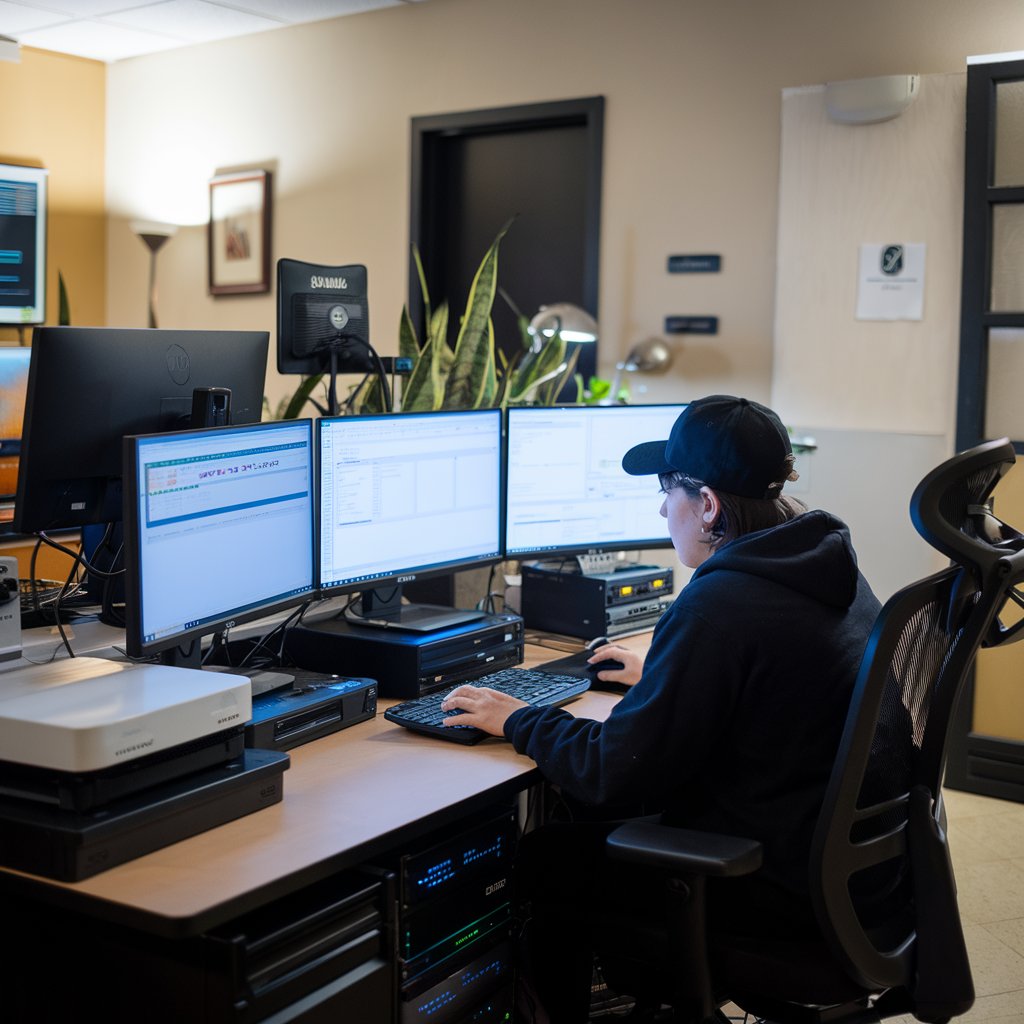UA
10 Min Read
1. Define Clear Objectives
Before starting the pentesting process, establish specific goals to focus your efforts.
Identify Vulnerabilities: Focus on weaknesses that could lead to data breaches or system compromise.
Assess Risk Impact: Understand how identified vulnerabilities could affect your business operations.
Test Compliance: Ensure your application meets industry standards like PCI-DSS, GDPR, or HIPAA.
2. Select the Right Testing Methodology
Adopt a well-structured methodology to ensure comprehensive testing. Common approaches include:
OWASP Testing Guide: A reliable framework for web application security testing.
PTES (Penetration Testing Execution Standard): A broader methodology for penetration testing.
Custom Frameworks: Tailored methodologies specific to your organization's needs.
3. Scope the Test Effectively
Clearly define the scope of the pentesting exercise to avoid unnecessary disruptions.
Include All Components: Test APIs, web servers, databases, and third-party integrations.
Prioritize Critical Applications: Focus on applications handling sensitive data or business-critical operations.
Account for Multiple Environments: Test across development, staging, and production environments.
4. Use Both Automated and Manual Testing
Leverage the strengths of automation while ensuring the thoroughness of manual analysis.
Automated Tools: Use vulnerability scanners like Burp Suite, Nessus, or Acunetix for preliminary scans.
Manual Testing: Perform deeper analysis to identify business logic flaws, authentication bypasses, and other complex vulnerabilities.
5. Emphasize Common Vulnerabilities
Focus on vulnerabilities outlined in the OWASP Top 10, such as:
Injection Attacks: SQL, command, or LDAP injection vulnerabilities.
Cross-Site Scripting (XSS): Exploiting scripts to run in a user’s browser.
Authentication Issues: Weak password policies or poor session management.
Security Misconfigurations: Default settings, open ports, or unpatched systems.
6. Simulate Real-World Attack Scenarios
Mimic tactics used by malicious hackers to uncover overlooked weaknesses.
Credential Stuffing: Test for vulnerabilities from reused or stolen credentials.
Phishing Simulations: Assess how the application resists social engineering attacks.
Privilege Escalation: Check for pathways to unauthorized access or elevated privileges.
7. Collaborate with Developers
Ensure findings lead to actionable remediation by working closely with the development team.
Detailed Reporting: Provide a clear, prioritized list of vulnerabilities with evidence and recommendations.
Collaborative Fixing: Involve testers and developers in addressing issues to prevent future errors.
Knowledge Sharing: Educate developers on secure coding practices to reduce recurring issues.
8. Test Regularly
Penetration testing isn’t a one-time activity. Conduct tests periodically to address evolving threats.
After Major Updates: Test following significant application changes.
Regular Intervals: Schedule testing every quarter or bi-annually.
Post-Incident: Reassess the application after a breach or suspicious activity.
9. Protect Sensitive Data During Testing
Ensure that sensitive user data is not exposed during pentesting.
Use Dummy Data: Replace live data with mock or anonymized data.
Isolate Environments: Avoid testing directly on production systems.
Encrypt Communications: Secure tester-client communications with encryption.
10. Document and Communicate Results Effectively
A thorough and well-documented report ensures actionable insights.
Executive Summary: Provide high-level findings for non-technical stakeholders.
Technical Details: Include detailed descriptions of vulnerabilities, their risks, and how to fix them.
Remediation Roadmap: Offer a prioritized plan for addressing vulnerabilities.
Tools for Web Application Pentesting
Burp Suite Pro: A comprehensive tool for vulnerability scanning and testing.
OWASP ZAP: An open-source penetration testing tool for web applications.
Nmap: Useful for scanning networks and identifying open ports.
Metasploit: A platform for identifying, exploiting, and validating vulnerabilities.
Postman: Effective for testing API vulnerabilities. audit3aa
Join our newsletter list
Sign up to get the most recent blog articles in your email every week.
You can copy our materials only after making sure that your services are safe.
This site is protected by reCAPTCHA and the Google Privacy Policy and Terms of Service apply.










